Behold the Cardón! Photos of the Giant Cacti of North America
Giant cactus
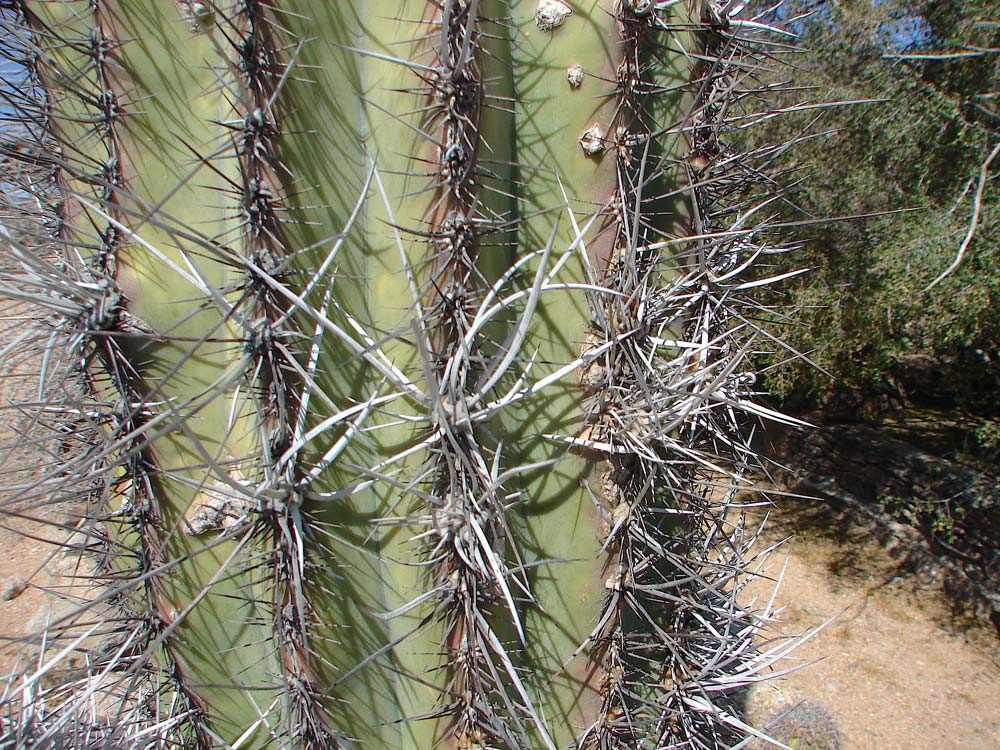
History records that when Spanish Conquistador Hernán Cortés led an expedition in 1535 to what we know today as Baja California, he was greeted by an army of giants — giant cacti, that is. The young of this cactus species are covered with thistles, so Cortés referred to them as "cardo," which is Spanish for "thistle." The land became known as the "Isla de Cardón."
Regional symbol
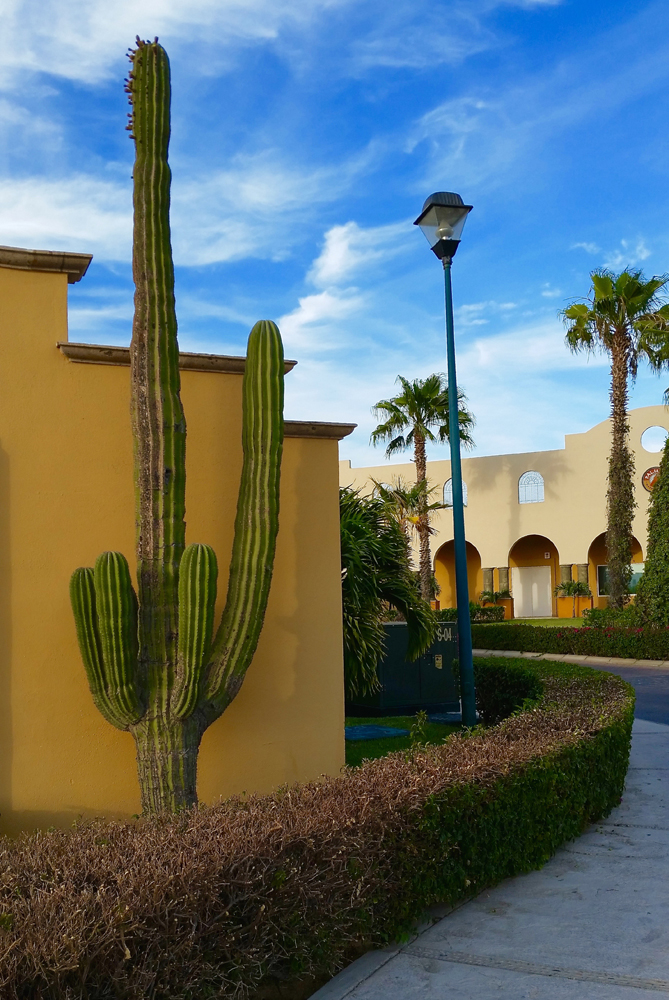
The cardón cacti of the Baja Peninsula have become a symbol of this arid region of North America. Today, they are used to beautify the landscaping of modern developments as well as creative logos for many commercial businesses. As the saguaro cactus is the dominate plant of the Sonoran Desert region of the American Southwest, the cardón cactus is the dominate plant of the Sonoran Desert region of Baja California.
Waxy green skin
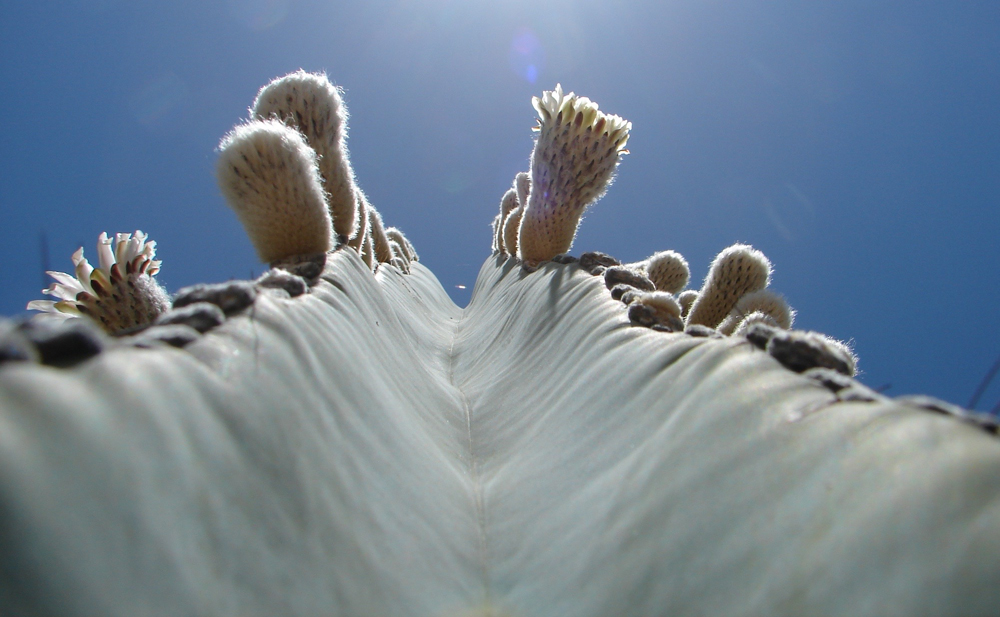
In the late 19th century American botanist CyrusPringle was in the midst of a 26-year-long survey of the plants of Mexico. Coming upon the forests of giant cacti found throughout the Baja Peninsula, he gave the cardón cactus the scientific name Pachycereus pringlei, to acknowledge the thick multiple arms and pale, waxy green skin of this giant plant species.
Unique to the area
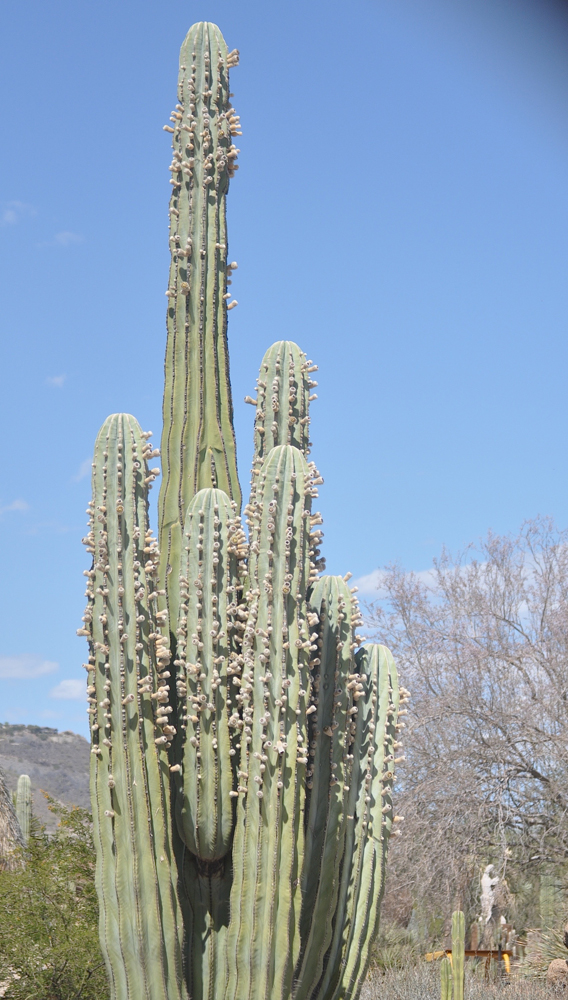
The cardón cactus is the largest cactus in the world. Some species have been known to reach nearly 70 feet (21 meters) in height, with a trunk that can grow to measure 3 feet (1 m) in diameter and live nearly 300 years. Because the cardón is very sensitive to frost, the vast forests of the species, locally known as "cardonales" are considered endemic only to the frost-free Sonoran Desert regions of Baja California, with a few isolated stands along the western coastline of Sonora, Mexico.
Picky growers
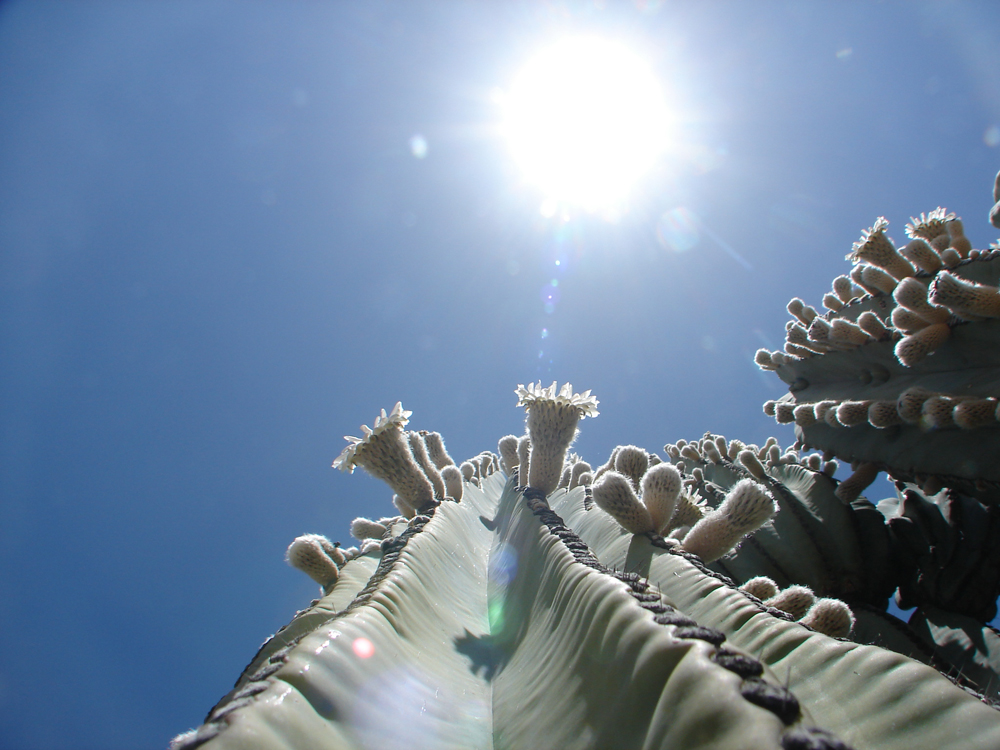
Cardón cacti are true arid dwellers. They are foundgrowing in the Baja Peninsula at elevations between sea level and 3,200 feet (950 m). There, distribution is further restricted by the fact that cardón seeds sprout best when the soil surface temperature remains under 160 degrees Fahrenheit (70 degrees Celsius) and air temperature rises above 100 degrees F (40 degrees C).
Enormous plants
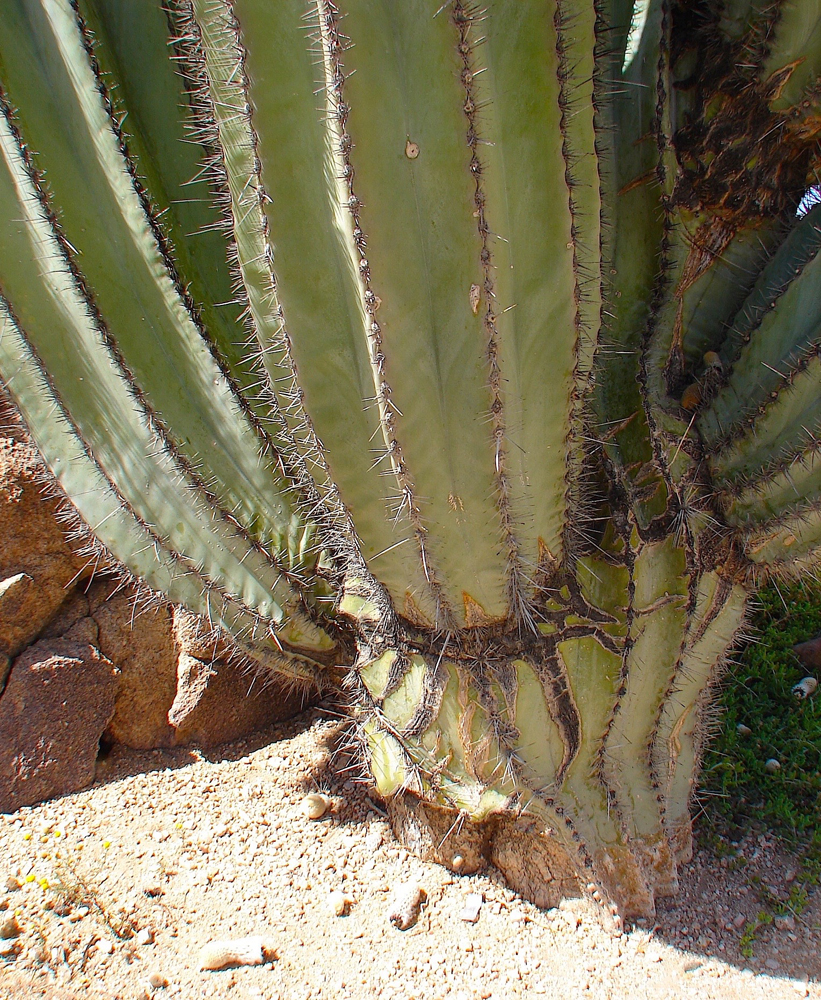
Cardóns are massive cacti with multiple branches that often sprout from the trunk near the ground. They can live up to 300 years and weigh as much as 25 tons. The trunks of an older plant will become grayish in color and turn woody. Like other cereus cacti, the root system of the cardón is widely spread but shallow, allowing for the quick absorption of any moisture that might fall in this arid land.
Suited to the environment
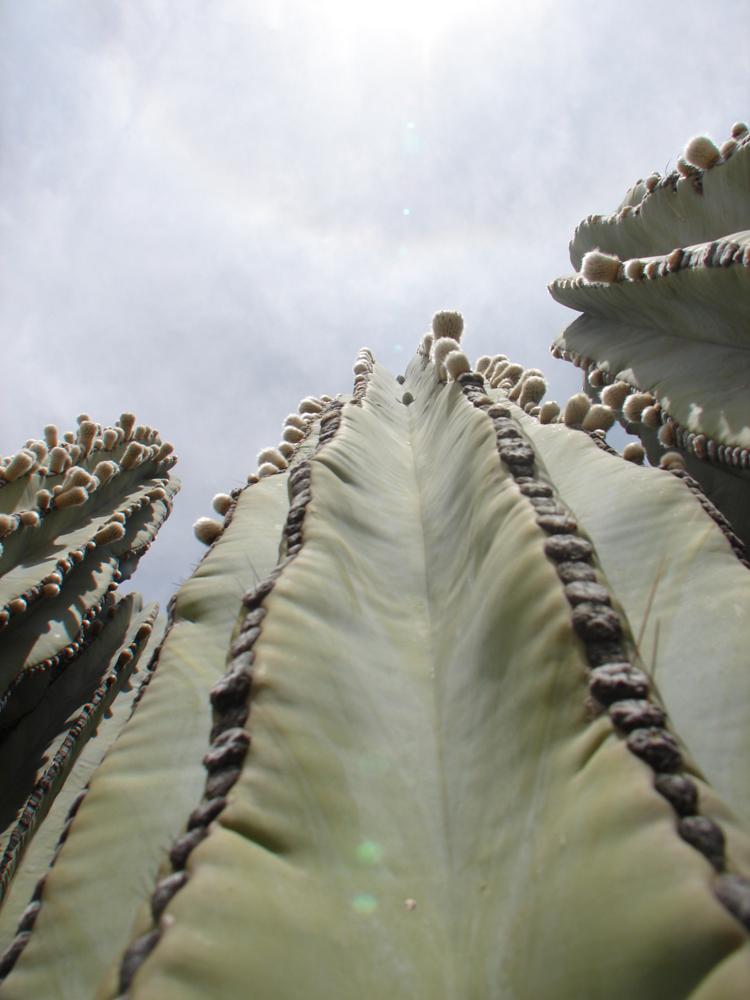
A cardón cacti is a true "cladophyll" — a green plantthat carries on the life sustaining photosynthesis process through modified epidermal cells in the skin of their multiple stems. Without the combined large surface area of leaves, and with stomata that only open after dark, the cardón cactus is well adapted to life in the harsh, arid Baja California environment.
Sign up for the Live Science daily newsletter now
Get the world’s most fascinating discoveries delivered straight to your inbox.
Beauty and purpose
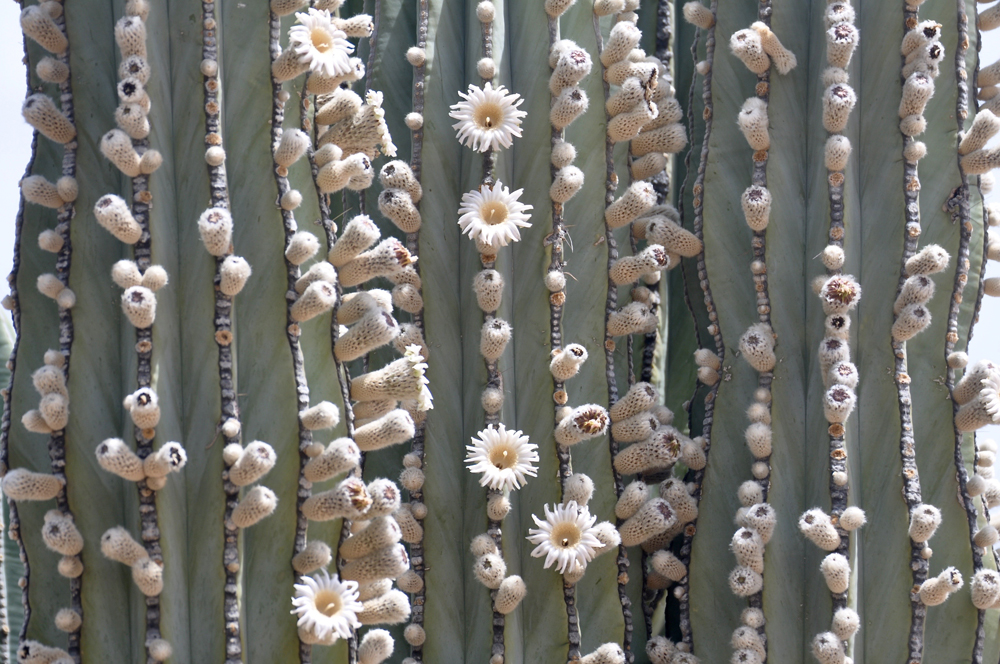
Each spring, flowers begin to develop on the upper portion of the multiple stems. The flowers, like all the flowers of the columnar cacti of North America, open in late afternoon, remain open during the night and forever close by noon of the next day. They produce a large quantity of nectar, which has an odor that is most attractive to bats. The golf ball-size, spiny fruits slowly develop, becoming ripe in late summer. Each fruit will contain upwards of 1,000 black seeds, but the cardón's seed are much large than the seeds of the saguaro. The ripened fruits and seeds from both cacti provide a much needed source of food for other desert mammals and birds in this arid region.
Spreading the love
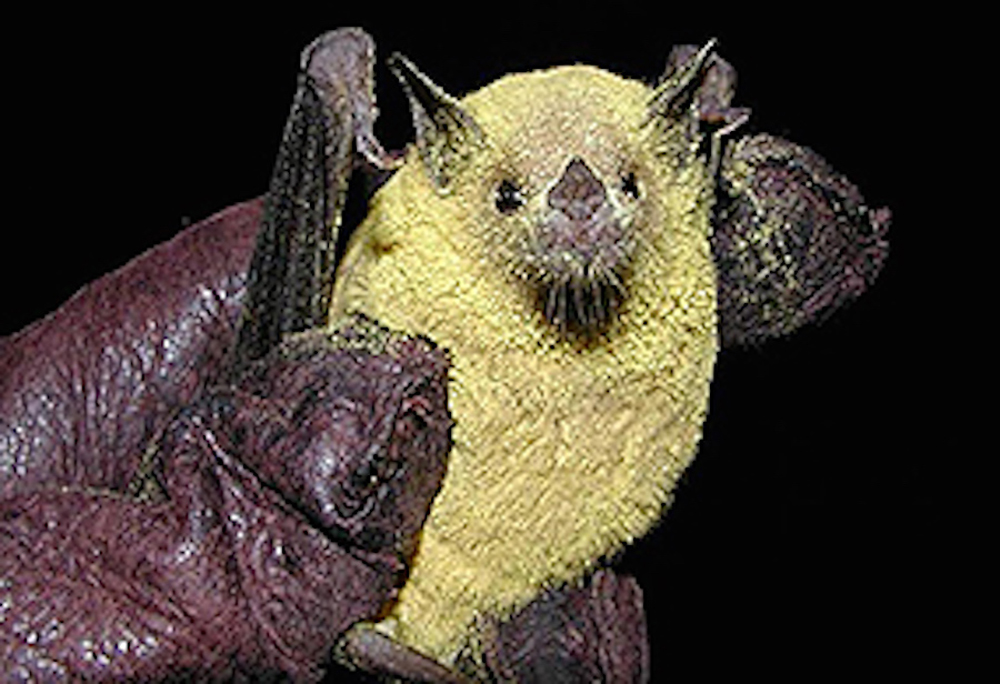
The lesser long-nose bat, Leptonycterisyerbabuenae, is a key pollinator of the cardón cactus and all the night-blooming cacti found across North America. The bat shown above is covered with the pollen of night-blooming cacti. Hovering above the trumpet-shaped flowers, the bats plunge their noses into the flowers, dining on the tasty nectar with their long brush-tipped tongues, while pollinating the cactus flower ovaries.
SImilar but different
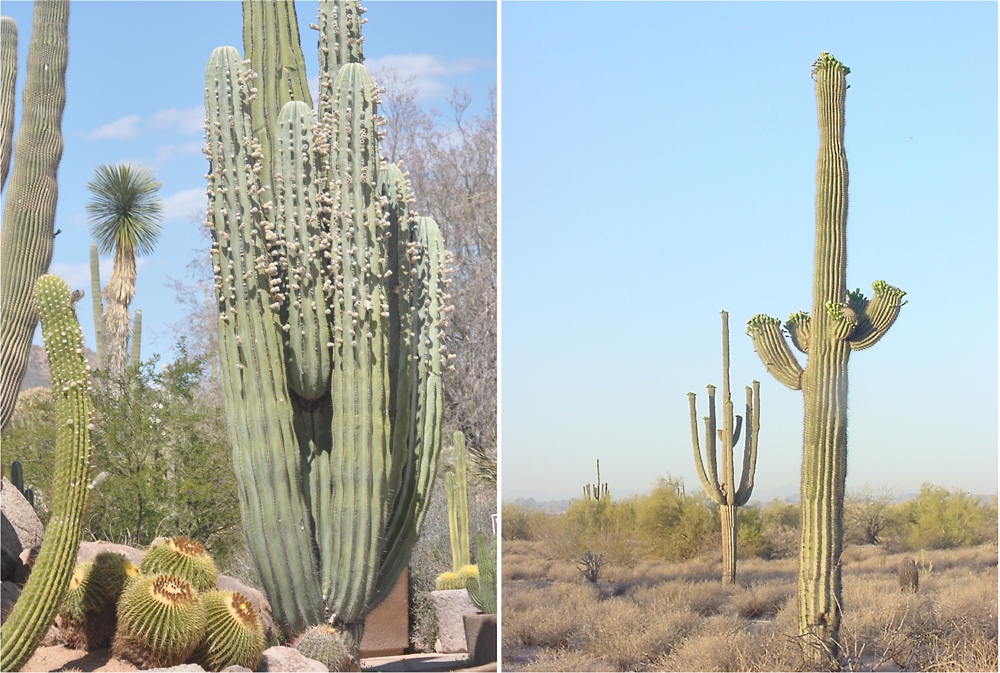
Cardón cacti are closely related to the other giantcactus of the Sonoran Desert, the saguaro cactus, Carnegiea gigantic. Because of their difference in tolerating frost, the two giant cactus species inhabit different and distinct regions of the Sonoran Desert. Both are supported by a network of strong, woody internal ribs that allow both species to grow to their large size. The "arms" of the cardón cactus, shown on the left, tend to sprout near the ground, while saguaro arms, shown on the right, tend to sprout well above ground level.
Flowering cousins
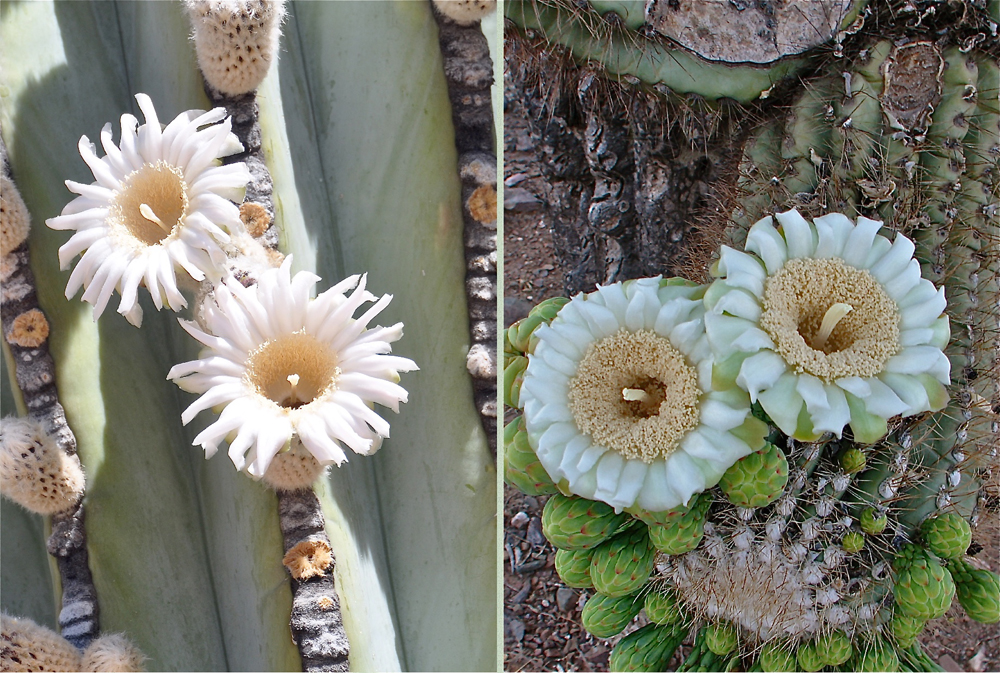
The flowers of the two desert giants also havemany similarities. Both open in late afternoon and close by noon of the following day. The primary pollinators of both are the bat species of the Sonoran Desert, and both produce fruits that provide a a key source of food for other desert animals (and at one time, for indigenous people who made their homes in this arid desert region). Cardón flowers are shown on the right and saguaro flowers are shown on the right.









